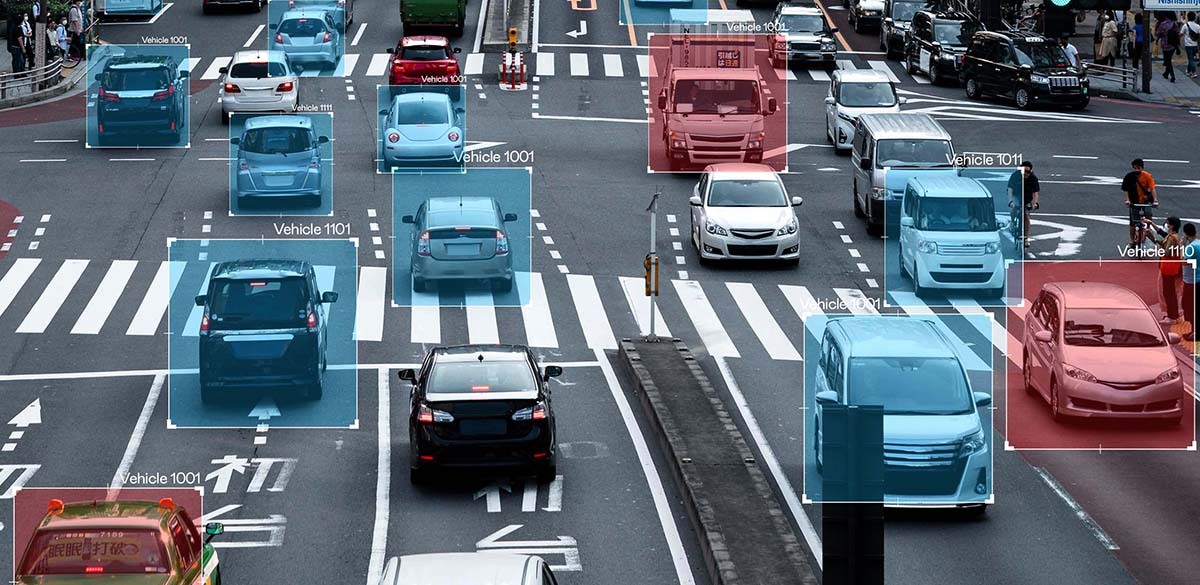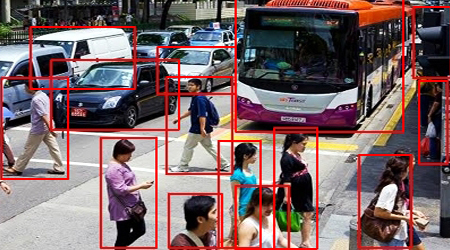Bounding Box Annotation: Importance, Types, & Tips
 By Anolytics | 12 September, 2023 in Bounding Box | 3 mins read
By Anolytics | 12 September, 2023 in Bounding Box | 3 mins read

Data annotation helps in establishing a link between the input and output for machine learning models. As of today, there are various types of image and video annotation techniques, but, among them the most basic type is the bounding box technique. This technique involves manual labeling or annotation of an image with a bounding box. It is popularly used in computer vision and machine learning applications for object detection.
It involves drawing a rectangle around an object or feature of interest and labeling it with a class label. Coordinates are specified on the top left hand corner and bottom right hand corner of the bounding box. Though it’s a lengthy process, it’s a key step in the training of machine learning models for object detection tasks.
Importance of Bounding Box Annotation:
- Object detection: It is helpful in identifying and locating objects in an image or video. It is useful in applications like image classification, object tracking, and face detection.
- Image annotation: It is used for labeling and annotating objects in an image for offering key information for image databases and machine learning algorithms.
- Data visualization: It helps in visualizing and understanding data in a more intuitive manner. For instance, highlighting key features or patterns in an image.
- Object recognition: It can be used for recognizing objects in an image or video by comparing its shape and position to a database consisting of known objects.
Types of Bounding Boxes in Annotation:
There are many kinds of bounding boxes which can be used as per a specific application and characteristics of the objects that are to be enclosed. The common ones are listed below
Use Cases for Bounding Box Annotation
- Autonomous Vehicles: It assists machines in detecting objects on the road like traffic lights, cars, lanes, street signs, pedestrians, etc. With the training data being versatile and extensive, machines can identify obstacles on the streets and execute instruction on the basis of perceived information.
- E-commerce and Retail: It ensures better visualization of products in retail and online stores. Correct labeling ensures recognition of objects of diverse nature like fashion items, furniture, skincare items, etc.
- Insurance Claims: Bounding box annotations are used in insurance for identification of frequent mishaps and accidents. Computer vision aids in the identification of roof damage, body, front and trail light along with broken window glasses and other defects. It helps machines in estimating the extent of damage to enable insurance companies to process claims.
- Robotics and Drone Imagery: Drones are able to spot roof damage, AC units, etc. when they are trained on accurate annotation data. Robots and drones are able to detect physical objects from a distance given the range of elements annotated by a bounding box.
- Agriculture: Identifying plant diseases in the early stages helps in preventing its spread. Advancement in smart farming comes with the challenge of collecting training data for training models to spot plant diseases and growth rates. Bounding boxes impart the machines the vision to execute this process efficiently.
Five Tips for Improving the Efficiency and Accuracy of Bounding Box Annotation:
- Utilizing proper tools: Proper tools and software make it easy to annotate images in an efficient manner. There are tools that permit one to draw bounding boxes over the image while there are others that require specification of coordinates.
- Utilizing keyboard shortcuts: There are several tools that offer keyboard shortcuts to help in hastening the annotation process. For instance, arrow keys can be used for moving or resizing the bounding box.
- Utilizing a template: A template helps save time when it comes to annotation of multiple images. The template is basically a pre-drawn bounding box that can be used for annotating images. The box can be adjusted as per requirement to adjust the box within the image.
- Utilizing artificial intelligence: There are certain bounding box annotation tools that utilize artificial intelligence for hastening the annotation process. For instance, a tool that instantly detects objects in an image and produces a bounding box around them. The bounding box can be fine-tuned for ensuring accuracy.
- Utilizing a consistent approach: Ensuring consistency during annotation requires using a consistent approach while drawing the bounding box and labeling objects. It involves pursuing pre-determined guidelines or utilizing a certain method for drawing the bounding box. Risk of errors and accuracy can be improved via a consistent approach.
Summing up, we can fairly say that bounding boxes are synonymous with image annotation and labeling. They spearhead the object detection across various industries.
please contact our expert.
Talk to an Expert →
You might be interested

- Bounding Box 20 Aug, 2021
Use of Bounding Box Annotations is Important for Object Detection
Object detection is making inroads into a variety of industries, with applications ranging from personal security to off
Read More →
- Bounding Box 09 Nov, 2021
Investigating Bounding Boxes for Image Annotation in ML
Image annotations are carried out for various machine learning models. Bounding box is used in image annotation for comp
Read More →